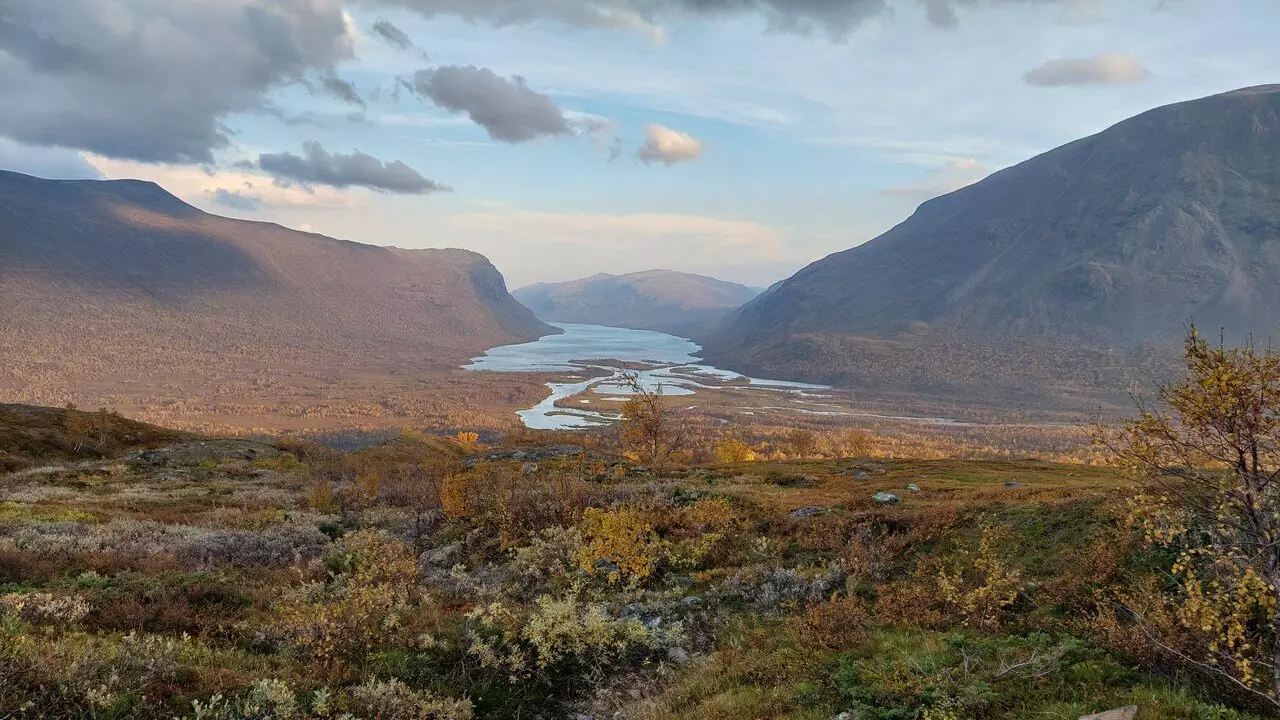In the arena of climate science, inland waters such as rivers, lakes, and streams have been relegated to the sidelines when it comes to discussions about greenhouse gas emissions and their contributions to climate change. Recent research stemming from Umeå University in Sweden challenges this oversight, revealing that substantial amounts of greenhouse gases are emitted from these water systems, particularly in cold regions. This striking revelation emphasizes the critical need for a more holistic approach in climate assessments that adequately considers the interactions between terrestrial and aquatic environments.
When evaluating the carbon cycle, most studies prioritize land-based ecosystems, inadvertently neglecting the flux of carbon that occurs as land interacts with adjacent water bodies. According to findings published by Jan Karlsson and Chunlin Song, numerous lakes and rivers across the Northern Hemisphere emit greenhouse gases in amounts that could significantly overshadow the carbon uptake capabilities of land ecosystems—especially in northern and high-elevation regions where warming is happening at alarming speeds. This underscores an urgent need for re-evaluation of climate models that lack comprehensive data on carbon emissions from these critical aquatic ecosystems.
The research paints a concerning picture of northern ecosystems, where climate change is unfolding rapidly, triggering profound shifts in landscape characteristics and underlying ecological processes. The temperature in these areas is rising up to four times faster than the global average, leading not just to ecological destabilization but also to enhanced greenhouse gas emissions. Permafrost thawing in these regions, for instance, releases stores of carbon that have been locked away for millennia—a process that, if unmitigated, could further aggravate the dynamics of climate change.
Such findings resonate with Karlsson’s assertion that the carbon cycle’s response to climate shifts is highly nuanced and contingent on specific environmental conditions. The observation that river systems, particularly in areas of significant permafrost coverage, may contribute disproportionately to greenhouse gas emissions challenges previous assumptions about the relative importance of different water systems. Rivers, it appears, are underappreciated players in the carbon flux narrative, warranting a reevaluation of their role in carbon dynamics.
The Need for Comprehensive Climate Assessments
The ramifications of this research go beyond mere data collection; they urge a critical transformation in how climate scientists approach assessments of carbon flows. Karlsson emphasizes the necessity for integrated studies that bridge various scientific disciplines and cultivate a comprehensive understanding of land-water interactions. The climate impacts on the land-water carbon cycle are complex and inherently linked to particular climatic conditions and regional landscapes. Hence, a multi-faceted research strategy, inclusive of collaborative efforts and interdisciplinary dialogues, is quintessential to accurately gauge these dynamics.
Educational programs and funding allocations must likewise adapt to support this integrated approach, enabling scientists to capture the full scope of carbon emissions from inland waters. The research community also needs to collaborate with policymakers to ensure that these findings inform climate strategies effectively. Uniting scientific inquiry with environmental policy can enhance our collective response to the escalating climate crisis and shape more resilient ecological and socio-economic futures.
As global temperatures climb, the increasing significance of cold regions in contributing to greenhouse gas emissions necessitates urgent action. The implications extend into policy discussions, as stakeholders must account for the interplay between land and water systems when crafting climate solutions. Research that identifies the rates and sources of emissions from inland water bodies will inform strategies for mitigating climate change effects, underscoring the interconnectedness of various ecosystems in the fight against global warming.
Acknowledging the substantial contributions of inland waters to greenhouse gas emissions heralds a paradigm shift in climate science and policy. The urgency to integrate aquatic systems into climate assessments cannot be overstated. Through collaborative and interdisciplinary research efforts, we can better understand and ultimately combat the complex challenges posed by evolving climate conditions, safeguarding both our land and water ecosystems for future generations.

